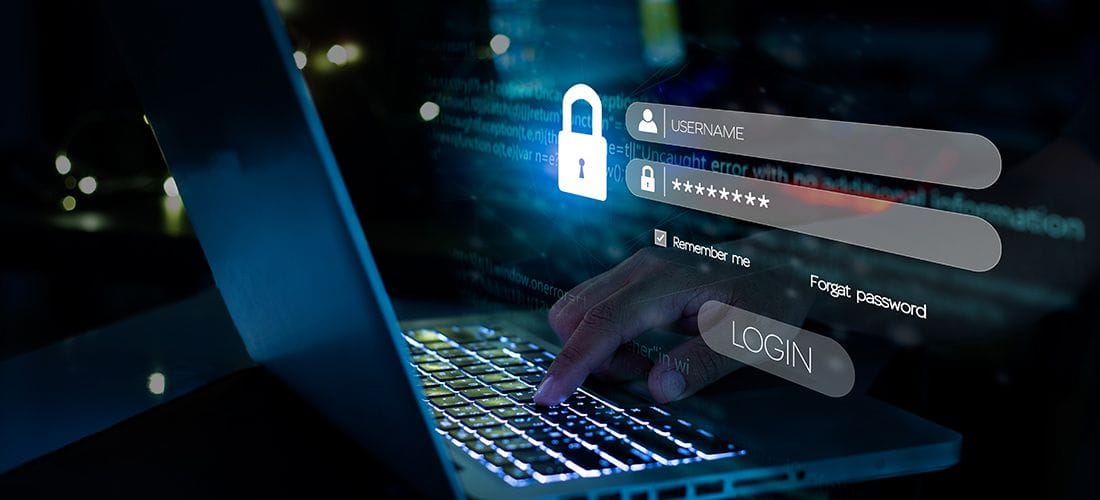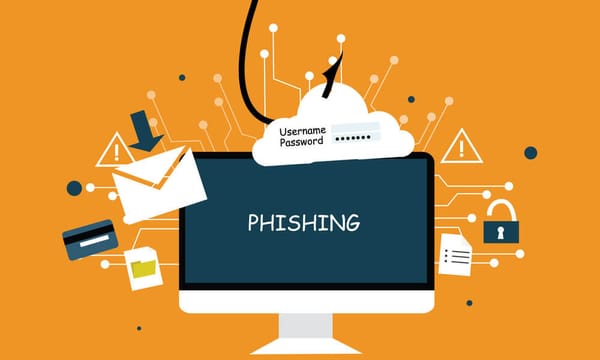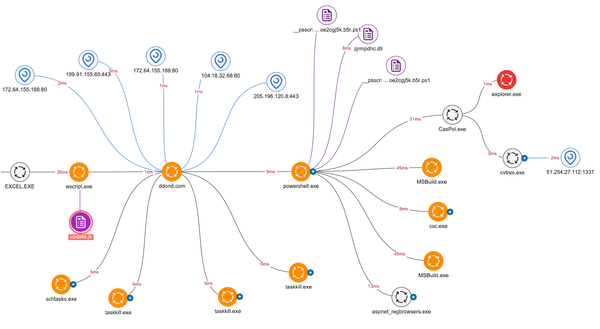Understanding Pass-the-Hash Attacks: Techniques, Testing Methods, and Mitigations

Introduction
Pass-the-Hash (PtH) is a well-known attack technique in Windows environments that allows attackers to authenticate to remote systems without knowing the actual password. Instead of cracking or brute-forcing a password, attackers use the NTLM hash directly to gain access.
This article provides a deep dive into what Pass-the-Hash is, how attackers use it during penetration tests, and what defenses organizations should implement to protect their infrastructure.
What Is a Pass-the-Hash Attack?
Pass-the-Hash (PtH) is a post-exploitation technique that targets Windows authentication mechanisms. In a typical PtH attack, an adversary who gains access to a system extracts password hashes (usually NTLM hashes) and reuses them to authenticate to other systems on the same network — without needing to crack the password.
Windows systems use NTLM authentication, where the hash of the password is sent during login. If an attacker has this hash, they can "pass" it directly to authenticate elsewhere, particularly if accounts have lateral movement privileges.
Requirements for a Pass-the-Hash Attack
To perform a PtH attack, an attacker generally needs:
- Administrator-level access to a Windows system
- The ability to extract NTLM hashes from memory or disk
- A tool to reuse those hashes for authentication (e.g., Impacket, Mimikatz, pth-winexe, or PassTheHash Toolkit)
Tools Commonly Used in Pass-the-Hash Attacks
1. Mimikatz
Used to dump credentials and hashes from memory (LSASS).
2. Impacket
Python-based tools like wmiexec.py, psexec.py, or smbexec.py allow NTLM hash authentication directly.
3. CrackMapExec
A powerful tool that supports Pass-the-Hash attacks, enumeration, command execution, and lateral movement.
Step-by-Step Method for Testing Pass-the-Hash in a Penetration Test
⚠️ Legal notice: These techniques must only be performed in authorized environments such as internal audits or penetration testing engagements with proper approval.
Step 1: Compromise an Initial Host
The attacker must first gain local admin access on a workstation (via phishing, browser exploit, etc.).
Step 2: Dump Hashes from Memory
Use Mimikatz or similar tools to dump NTLM hashes from LSASS.
mimikatz # privilege::debug
mimikatz # sekurlsa::logonpasswordsOr extract hashes from the SAM database if LSASS access is blocked:
mimikatz # lsadump::samStep 3: Reuse Hash to Authenticate to Another Host
Use Impacket tools with the hash instead of the password:
psexec.py -hashes aad3b435b51404eeaad3b435b51404ee:1f3870be274f6c49b3e31a0c6728957f [email protected]
This launches a shell on the remote system using the NTLM hash.
Step 4: Expand Lateral Movement
Once access is gained on a new host, repeat the process to extract more hashes and pivot deeper into the network.
Common Targets During a PtH Campaign
- Domain Controllers (DC): High-value targets due to sensitive credentials.
- IT Admin Systems: Often have cached or active admin sessions.
- File Servers: May hold documents with credentials or sensitive business data.
How to Detect Pass-the-Hash Attacks
1. Monitor Unusual NTLM Auth Behavior
- High volume of NTLM authentication requests
- Unusual logon patterns (e.g., remote admin sessions from user accounts)
2. Enable and Audit Event Logs
Enable logging for:
- Event ID 4624 (Logon)
- Event ID 4672 (Special privileges assigned)
- Event ID 4648 (Logon with explicit credentials)
3. Use Security Monitoring Tools
Deploy EDR, SIEM, and honeypots to detect lateral movement and unusual activity.
Mitigation Strategies Against Pass-the-Hash
1. Disable NTLM Where Possible
NTLM is inherently vulnerable to hash attacks. Use Kerberos authentication instead.
2. Enforce Credential Guard
Enable Windows Defender Credential Guard to protect LSASS memory.
3. Use Local Administrator Password Solution (LAPS)
Prevent password reuse across machines by randomizing local admin credentials.
4. Implement Least Privilege Access
Avoid assigning excessive permissions, especially domain-wide admin rights to users.
5. Segment the Network
Use firewalls and VLANs to restrict lateral movement between sensitive systems.
Conclusion
Pass-the-Hash attacks remain a powerful lateral movement technique in Windows environments. While Microsoft has made strides in securing credential storage and authentication, many networks are still exposed due to poor segmentation, shared local admin passwords, or outdated logging practices.
For security teams, understanding PtH is crucial not just for detection but also for proactively hardening systems, improving identity and access management, and testing via authorized red teaming or penetration testing.




